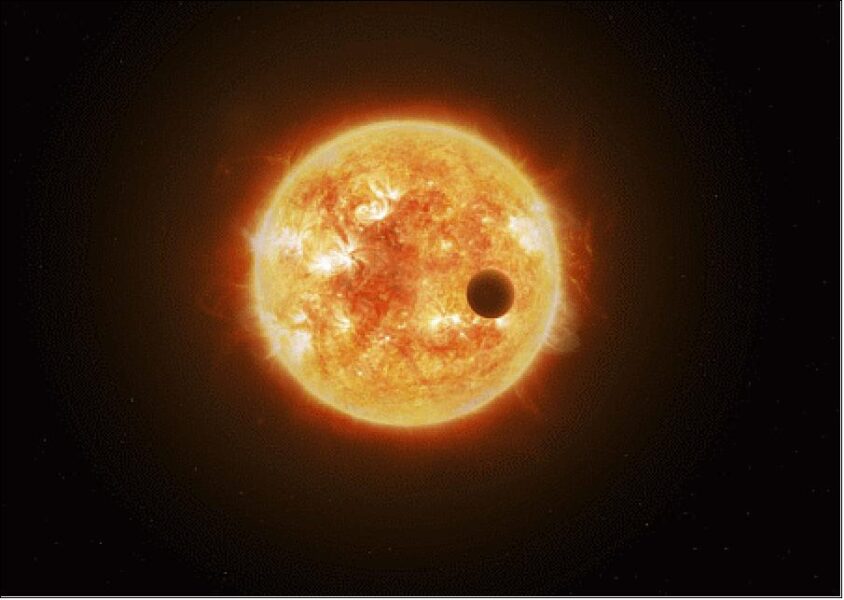This week in astronomy news: A citizen scientist happens upon a weird, ancient brown dwarf and astronomers discover that Sun-like stars eat their own planets.
An Accidental Discovery

NASA / JPL-Caltech / Dan Caselden
A citizen scientist has inadvertantly discovered a peculiar brown dwarf, officially known as WISEA J153429.75-104303.3 — but nicknamed “The Accident.”
Brown dwarfs, often dubbed “failed stars,” radiate mostly infrared rather than visible light. But while The Accident is bright at some infrared wavelengths, it's surprisingly faint at others. Its brightness across wavelengths, or spectrum, didn't match that of more than 2,000 brown dwarfs already known — in fact, that's why the object slipped by initial searches.
Citizen scientist Dan Caselden, a computer security researcher who enjoys engaging with NASA's Backyard Worlds: Planet 9 project, found the brown dwarf by — you guessed it — accident. He had created his own program to find objects moving across the frame. He was specifically looking for those whose colors matched those of known brown dwarfs. But while he was looking at one of those, he spotted The Accident flitting by.
Davy Kirkpatrick (Caltech) and colleagues published a follow-up study on the object in Astrophysical Journal Letters. Based on additional observations, they suggest that not only has this brown dwarf cooled off, it's had a lot of time to do so — 10 billion to 13 billion years, they estimate. As a result, it might have formed before there was much methane about; methane is what gives other brown dwarfs their characteristic spectrum.
The team writes that the James Webb Space Telescope could provide data to confirm or deny the lack of methane, providing “verification, refutation, or further befuddlement.”
Read more in NASA's press release.
Some Stars Eat Their Own
Sibling stars should look alike, but some Sun-like stars that were born in the same gas cloud as their companions show unexpected differences — perhaps because some stars eat their own planets.

To understand these chemical differences, Lorenzo Spina (INAF, Italy; Monash University and ASTRO-3D, Australia) led a team in examining pairs of Sun-like stars. In Nature Astronomy, they report that in 33 of 107 pairs, one of the stars has more iron than expected (the other stellar pairs are all chemically identical). Iron is a refractory element that can survive engulfment by a star, and it's readily available in rocky planet cores.
Furthermore, the stars with higher iron abundances also had more lithium. Stars destroy lithium in fusion reactions, but lithium is plentiful in planets, so this finding also supports the planet-engulfment scenario.
Based on the sample, Spina's team found that about a quarter of Sun-like stars eat from their own planetary buffet, speaking to the chaos — and carnage — of planet formation.
Read more from Spina at The Conversation.
 1
1









Comments
Anthony Barreiro
September 3, 2021 at 4:13 pm
Sun-like stars eating their planets reminds me of the story from classical mythology of Kronos eating his children. I wonder if a surviving planet could feed its star a stony asteroid wrapped in swaddling clothes and make it regurgitate the swallowed planets. And if that happened, could we detect it spectroscopically?
https://en.wikipedia.org/wiki/Cronus
You must be logged in to post a comment.
You must be logged in to post a comment.